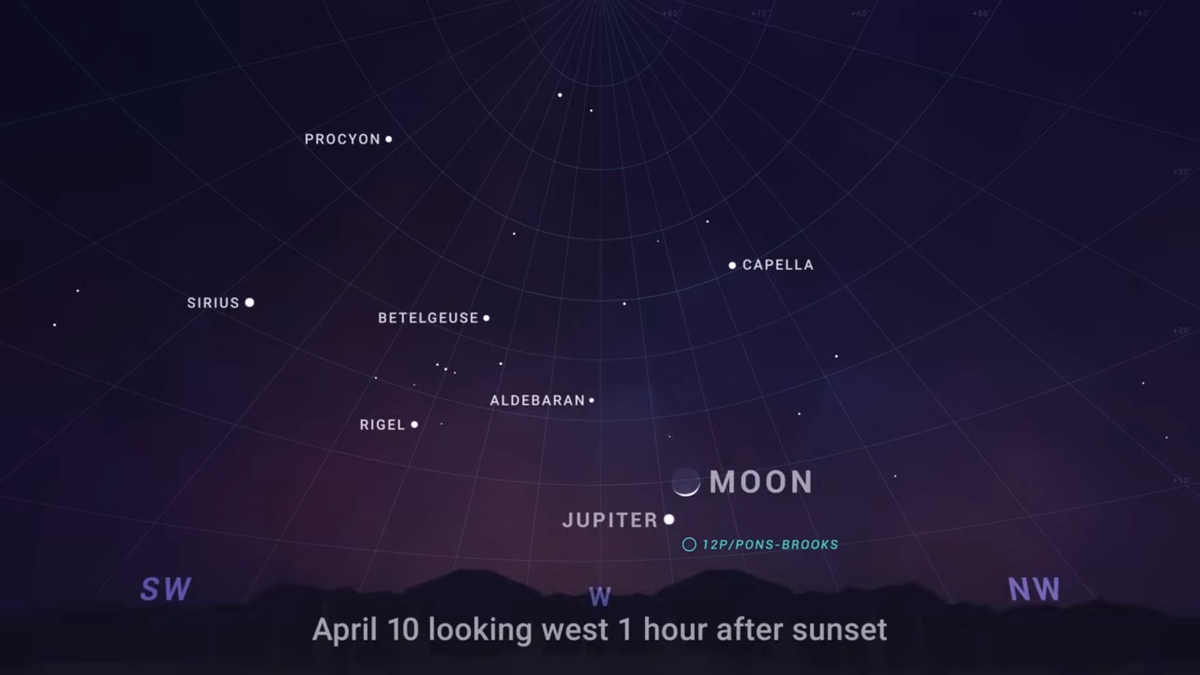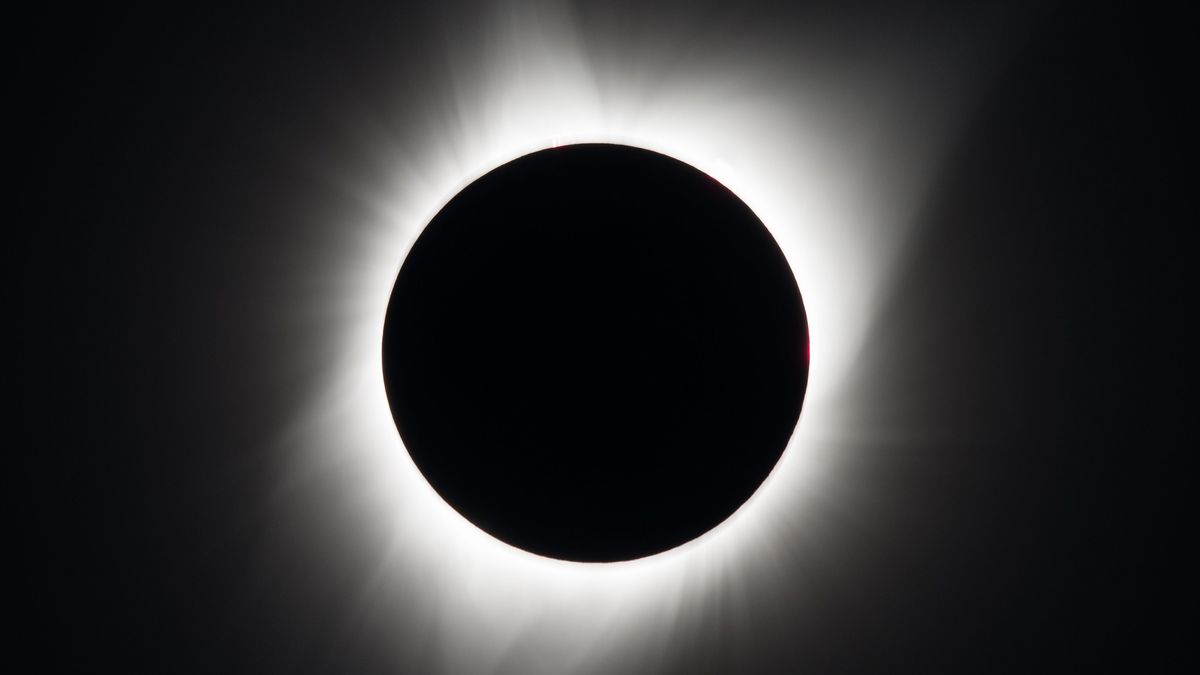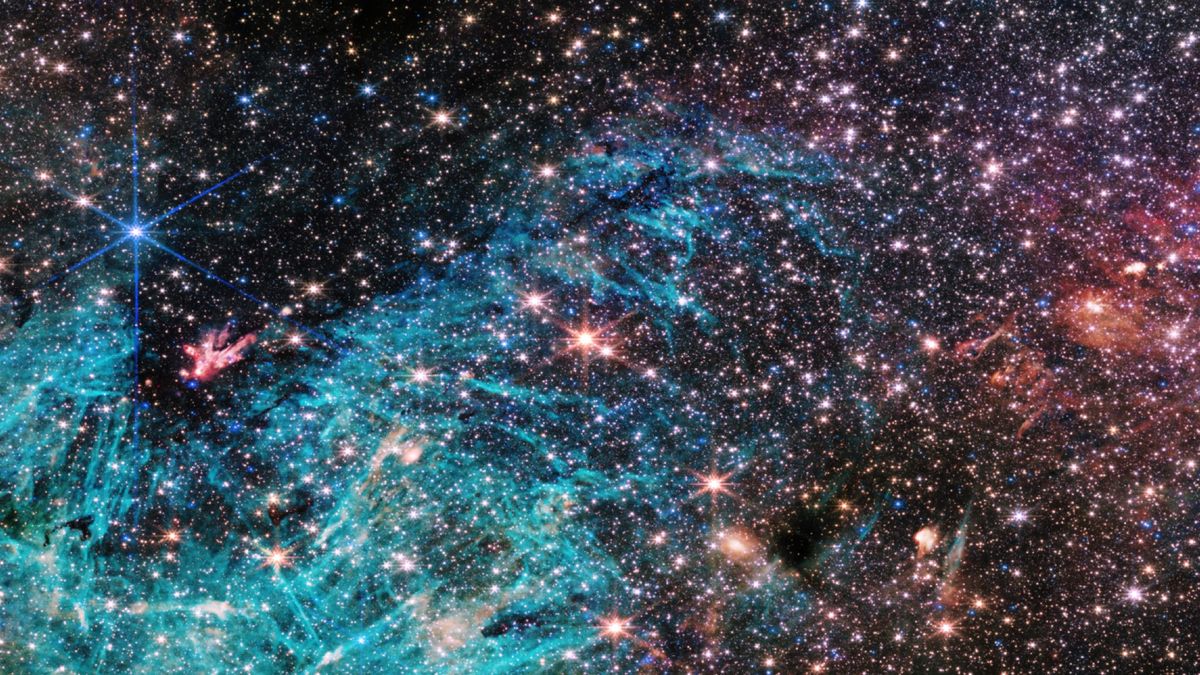The Eta Aquarid Meteor Shower
It has been 38 years since Halley’s Comet last passed through the inner solar system. This renowned comet takes approximately 75 years to complete a orbit around the sun. If you are 42 years old or younger, it’s likely that you have no recollection of the 1986 sighting of this famous cosmic wanderer. The next opportunity to witness Halley’s Comet will be in the summer of 2061. If you happened to miss the 1986 event or are unwilling to wait until 2061, you may want to step outside before sunrise on the upcoming mornings to try and observe some “cosmic debris” left behind in space by Halley’s Comet.
The orbit of Halley’s Comet intersects the Earth’s orbit at two specific points. One of these points occurs in the latter part of October, leading to a meteor display known as the Orionids. The other point occurs in the early part of May, resulting in the Eta Aquarid meteors.
When and Where to Observe
This year, the Eta Aquarid meteor shower is anticipated to be at its peak on Sunday morning, May 5, when the moon will be a thin waning crescent (8% illuminated) and not expected to hinder visibility. This spring meteor shower typically maintains about one-quarter of its peak strength for approximately 10 days. The 2024 edition of this shower is predicted to offer a higher number of meteors than usual, which will be elaborated on shortly.
The Eta Aquarids are particularly ideal for those residing in the Southern Hemisphere, with hourly rates typically exceeding 60. However, if you plan to observe these meteors from north of the equator, there is a slight downside. The radiant, which marks the point from which these meteors appear to originate in the sky, is situated in the “Water Jar” asterism of the constellation Aquarius. It rises above the southeast horizon at approximately 3 a.m. local daylight time and does not reach significant altitude from north temperate latitudes. As a result, the observed rates are usually lower than the commonly quoted 60 per hour, ranging from 10 to 20 per hour at around latitude 40-degrees north down to perhaps 20 to 40 per hour near latitude 25-degrees north.
Enhanced Activity in 2024?
According to the 2024 Observer’s Handbook of the Royal Astronomical Society of Canada, this year’s Eta Aquarids are forecasted to exhibit a noticeable surge due to meteoroids ejected from Halley’s Comet around 2,500 years ago. In a technical paper published in the August 11, 2020 issue of the journal Astronomy & Astrophysics, astronomer Auriane Egal and colleagues from the University of Western Ontario introduce a new numerical model of the Eta Aquarid and Orionid meteor showers referred to as the “Halleyids” meteor showers.
These meteor showers are expected to experience enhanced activity in 2024 due to material shed by Halley’s Comet, predominantly in 983 B.C., with further smaller particle ejections from the 1058 B.C., 835 B.C., and 314 B.C. comet apparitions. Close interactions of these meteoroids with Jupiter’s gravitational pull are anticipated to contribute to the increased Eta Aquarid activity in 2024. Earth is projected to pass closest to this “rubble river” around 13:30 UT on May 5, albeit it will be daytime over Europe and North America. However, it is hoped that noticeable enhanced activity might persist for a few days around this anticipated peak, potentially yielding two to three times the normal rate for the 2024 Eta Aquarids.
Catch an Earthgrazer
For those residing at mid-northern latitudes, the opportunity to witness a significant quantity of meteors may be less, but there is a possibility of observing Earthgrazers. Earthgrazers are meteors emerging from the Eta Aquarid radiant that skim Earth’s atmosphere horizontally, leaving behind colorful, enduring trails in their wake. These meteors tend to hug the horizon rather than streaking across the sky overhead, making them a mesmerizing sight. While Earthgrazers are not typically plentiful, witnessing even a few can leave a lasting impression.
The expected heightened activity on Sunday (May 5) increases the likelihood of spotting numerous Earthgrazers in the hour before dawn. Settle comfortably in a long lounge or deck-chair, dress warmly, and focus on the sky from overhead down toward the southeast. If skies remain clear, consider attempting another observation on Monday morning (May 6).
Comet Crumbs
If you do catch a glimpse of an Earthgrazer, remember that you are witnessing the incandescent streak created by material originating from Halley’s Comet’s nucleus. When these minuscule comet remnants, likely no larger than a grain of sand or pebble, collide with Earth, the resulting friction with our atmosphere heats them to white-hot temperatures, creating the phenomenon commonly known as “shooting stars.”
The Eta Aquarids, often referred to as shooting stars, are essentially an encounter with remnants from a renowned visitor from deep space and the dawn of creation.
Image/Photo credit: source url





